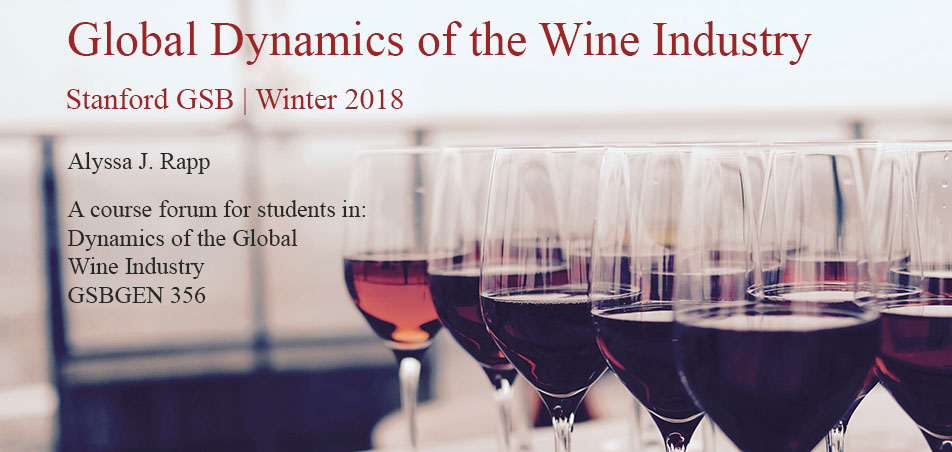I’m getting ready to visit my friend in Tanzania over Spring
Break, and she has a ton of fun culinary excursions planned for us. I was
curious about the types of wine I might encounter while I’m there. Turns out Tanzania
has a pretty interesting wine history.
South Africa, the continent’s leading wine producer, has
been Tanzania’s Big Brother and helped develop its grape-growing and
wine-producing sector. A short distance outside Tanzania’s capital city
are 150 hectares of land filled with clusters of red and white grapes that
produce Dodoma wines. Grapevines were first introduced to the central zone
in 1938 by missionaries from the Hombolo Catholic Mission, who, after
independence assisted in setting up production in Dodoma. Local investors
slowly began to consider the sector’s potential and in 1979, the government
established the Dodoma Wine Company, which bought grapes from farmers,
established a research centre to determine appropriate types of grapes for
wines and encouraged more farmers to start grape farming.
Tanzania’s
Dodoma region produces three wines -- dry white, red and natural sweet. Apparently,
their red wine has a smooth, rounded taste and is best with "Nyama
Choma," a local delicacy of roasted spiced meat, while the "natural
sweet" wine is the perfect complement for light salads or simply enjoyed
as an aperitif. The Dodoma region is home to a number of varieties including
Chenin Blanc, Shiraz, Cabernet Sauvignon and Makutupora, a local dry red. The
dry earth and sandy soil, combined with low humidity, is perfect for producing
dry white and red wines in Dodoma.
I'm really excited to see what Tanzania will have to offer. I learned a ton during my last trip to India about the challenges and barriers of importing and creating wines in emerging economies, so I'm interested to see what similarities and differences Tanzania will present.


